Once upon a time, the European Inventor Award was a men-only affair, a depressing reflection of the relative lack of women named on patents.
Not any longer.
Europe’s finest scientists, engineers and entrepreneurs gathered for the European Inventor Award last week in Saint-Germain-en-Laye, in the western suburbs of Paris, to see women not just represented among the winners but dominate the ceremony attended by some 600 guests from politics, business, intellectual property and science.
The Award has in recent years reflected the proportion of women named as inventors on European patents (around 15%) rather than the antediluvian notion that men are more inventive than women.
I was one of the international jury led by Thierry Breton, CEO of Atos, who weighed up entries from more than 500 individuals and teams of inventors to find those who have helped to advance technology, further social and economic development, and generate employment.
After a difficult judging session at the European Patent Office in Munich, we agreed on 15 finalists and then were faced with the extraordinarily difficult job of working out who had done most to change the world.
Four women were singled out for their achievements in the six awards, the highest number ever, including the prestigious Lifetime Achievement Award.

Swiss physicist Ursula Keller of the ETH Zürich was honoured for a lifetime of research to develop a method (Semiconductor saturable absorber mirror, or SESAM) for turning continuous laser light into ultra-fast pulses, technology used in many manufacturing and medical applications, from eye to cancer surgery.
Thanks to her efforts, lasers can now produce short bursts ranging in duration from picoseconds (10-12 seconds) to femtoseconds (10-15 seconds) to help explore the wonders of the universe down to the quantum level.
Today’s electronic circuits already routinely work at frequencies of several gigahertz (a billion oscillations per second) up to terahertz (a thousand billion oscillations). The next generation of electronics will have to reach the petahertz realm, a thousand times faster, and in a ground-breaking experiment, a team led by Keller has investigated how electrons respond to petahertz fields.
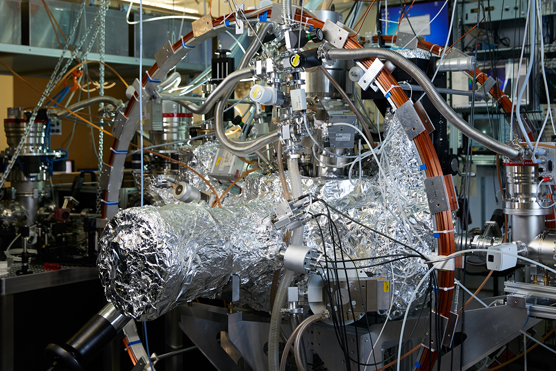
Keller achieved all this against the odds. During an interview she described the challenges faced by young women in Switzerland, where women were only granted the right to vote in 1971. ‘I hope so many young girls will watch this because it’s great! They need to see it. Women are good in everything but society pushes them out of science. Don’t miss out, there’s no limit.’
Also in the Lifetime Achievement category were two remarkable inventors, Frenchman Jacques Lewiner, who made more than 500 patent applications worldwide, and Dane Henrik Stiesdal, who has played a key role in creating the modern wind energy industry since the 1970s.
London-based Jane ní Dhulchaointigh and her team took away the prize in the ‘Small and medium-sized enterprises (SMEs)’ category for invention of world’s first mouldable glue, Sugru, marking the first Irish inventor to be recognised in the awards.
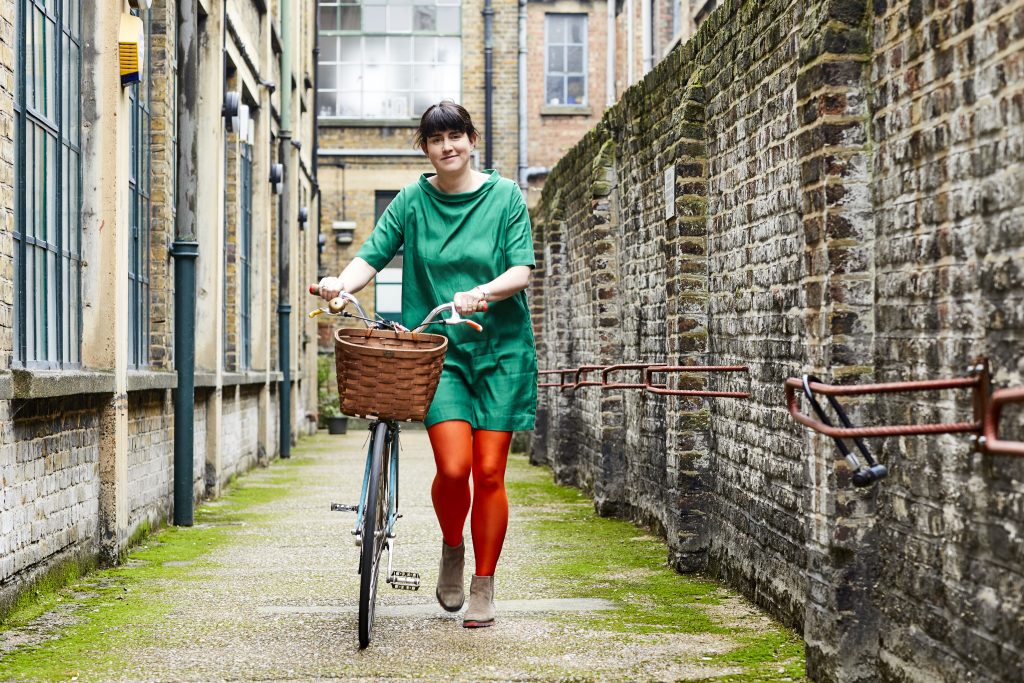
While studying product design at the Royal College of Art in London in 2003, she realised that as a product designer she was potentially contributing to the world’s waste problems rather than solving them: ‘So, I asked myself: could I create something that would help people fix and improve and reimagine the stuff they already had?’
When playing with a mixture of silicone and wood dust, she discovered that a ball of the material not only bounced but also had good adhesive properties. Her brainwave was developed and resulted in the world’s first mouldable glue with the adhesive properties of super glue and the pliability, when hardened, of rubber.
Named Sugru, after the Irish word for ‘play’, the product enables consumers to successfully repair and personalise everyday items. She told the ceremony: ‘Inventing is hopeful and optimistic and young people should see how rewarding it is to solve a problem and, in the end, make a big difference.’
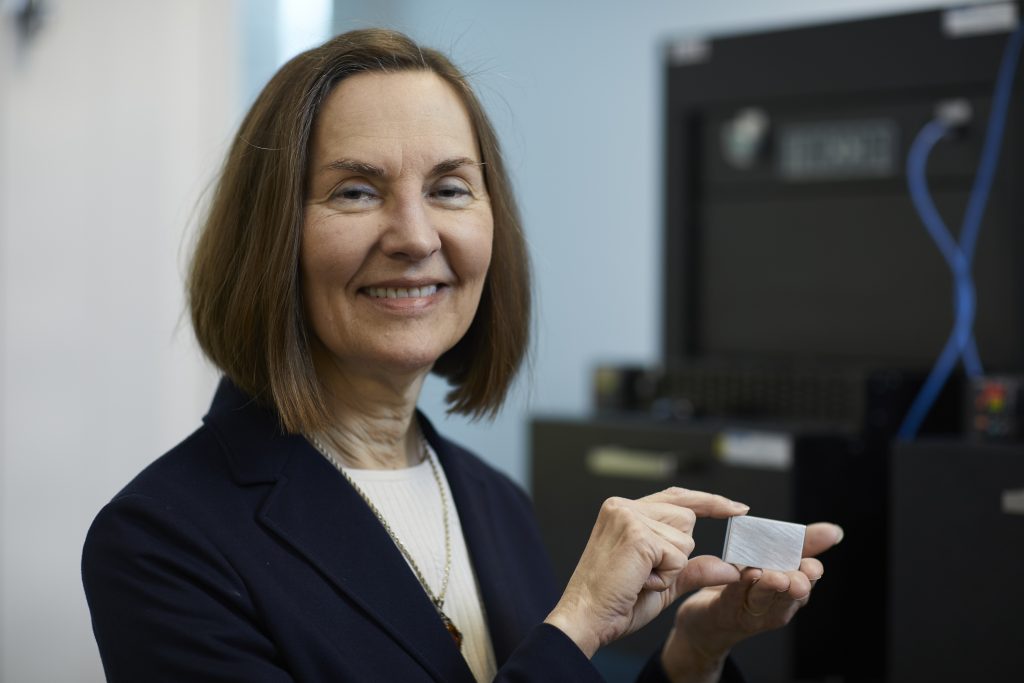
In the ‘Non-EPO countries’ category, Esther Sans Takeuchi won the prize for developing the compact batteries that power the implantable cardiac defibrillators of millions of patients.
Her design extends battery life significantly and reduces the frequency of battery replacement surgeries for patients already at risk due to heart problems. The lithium/silver vanadium oxide battery is just one of Sans Takeuchi’s 150 patents, making her one of America’s most prolific women inventors.
Today, at Stony Brook University, the Distinguished Professor conducts detailed studies of batteries at work with synchrotron x rays. ‘Women should not shy away from a scientific career,’ she told the ceremony.
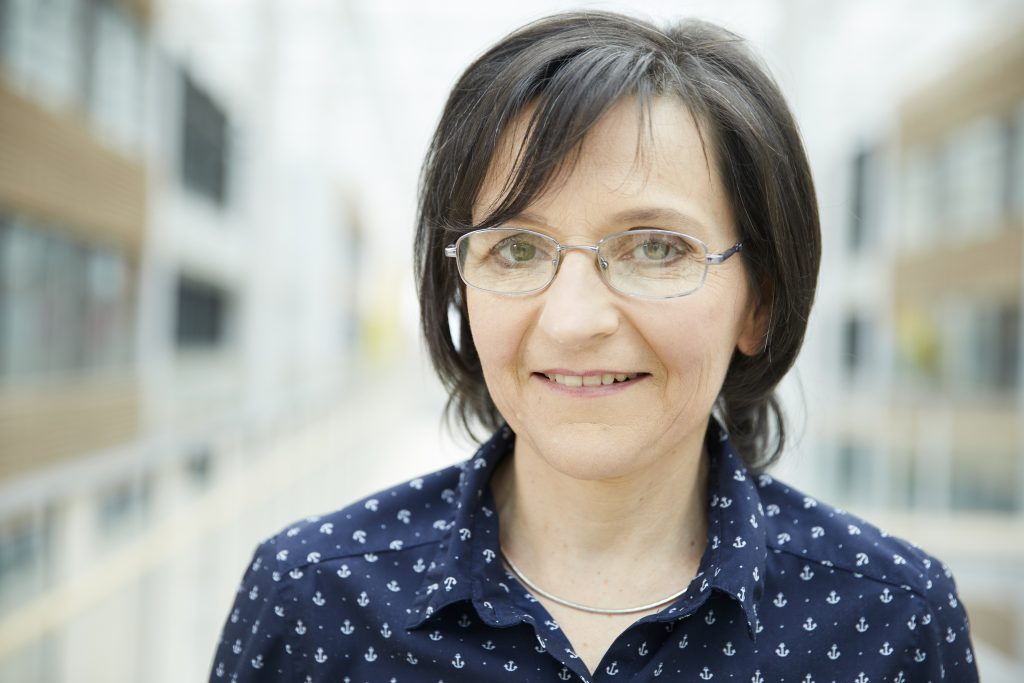
Winners in the ‘Industry’ category were mathematician Agnès Poulbot and Jacques Barraud, who died in 2016. Working at French tyre manufacturer Michelin, they developed a self-regenerating tyre-tread design that not only increases durability and performance, but significantly decreases fuel consumption and carbon dioxide emissions.
German biophysicist Jens Frahm from the Max Planck Institute for Biophysical Chemistry was recognised for his significant contribution to faster, real-time MRI imaging in the ‘Research’ category: He developed the fast low angle shot (FLASH) scanning technique that initially accelerated scan speeds, and his follow-up method, FLASH2, made it possible to produce the first-ever MRI videos in real time, up to 100 frames per second, for instance revealing the beating heart or the role of the tongue when playing brass instruments, such as a horn.
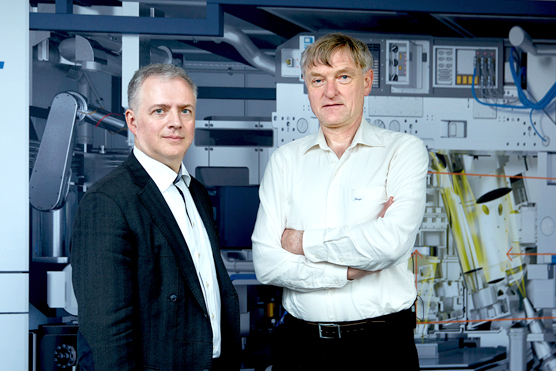
Dutch systems engineer Erik Loopstra and Dutch-Russian physicist Vadim Banine were picked by the public in an online poll to receive this year’s Popular Prize for their development of extreme ultraviolet lithography technology, to produce smaller, faster and more powerful microchips.
Called EUVL, it will be the enabling technology behind next-generation chips that feature details at a scale of seven and five nanometres. To put that into perspective, five nanometres is twice the thickness of a strand of DNA, while a human hair is 20,000 times thicker than five nanometres.
EPO President Benoît Battistelli told the Award ceremony: ‘I am particularly pleased to see that this year’s edition recognises the strong contribution of women inventors in many fields traditionally dominated by men. Through their achievements all of these individuals have made their mark on a range of industries and opened up opportunities that others could never have imagined.’